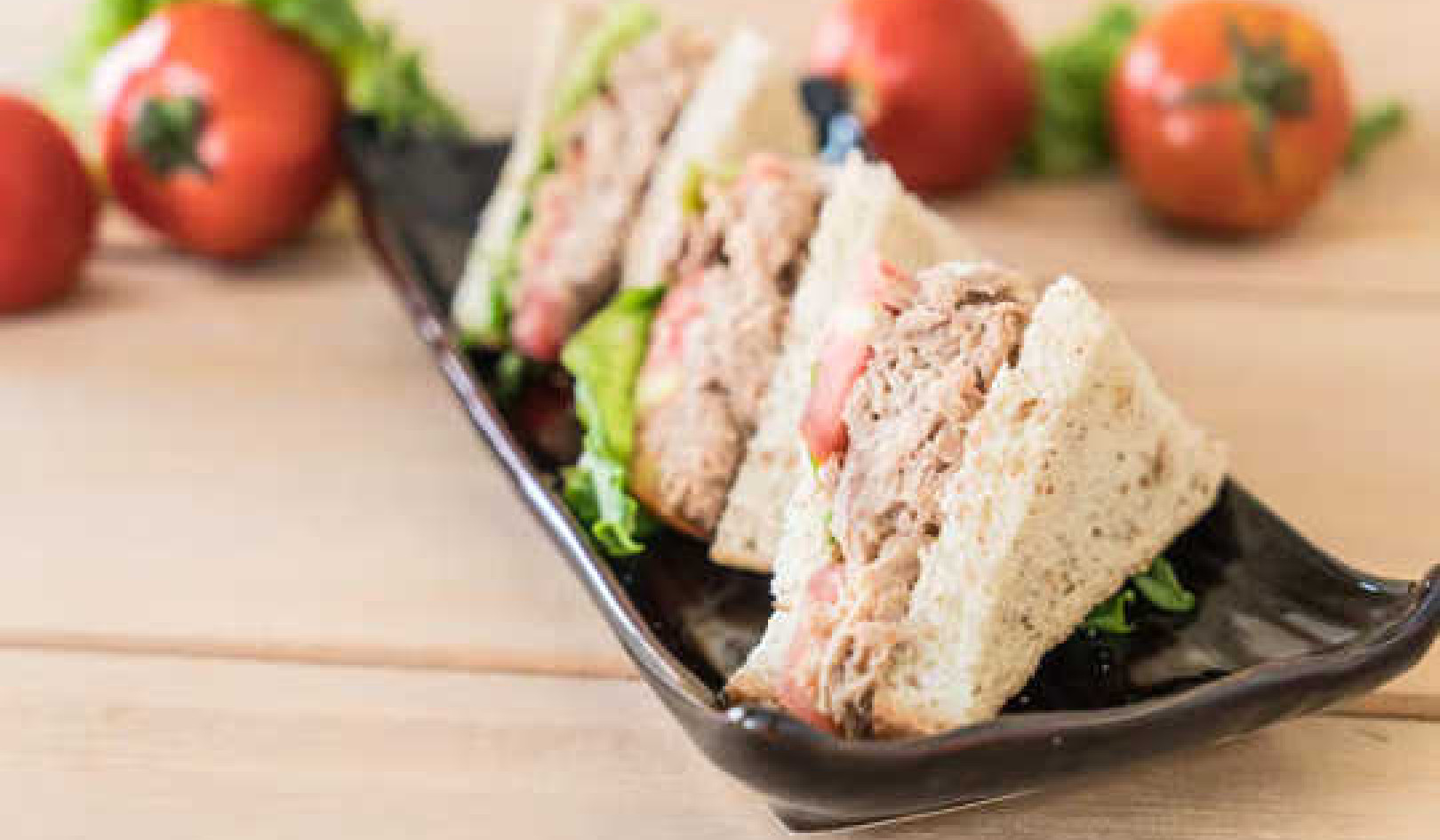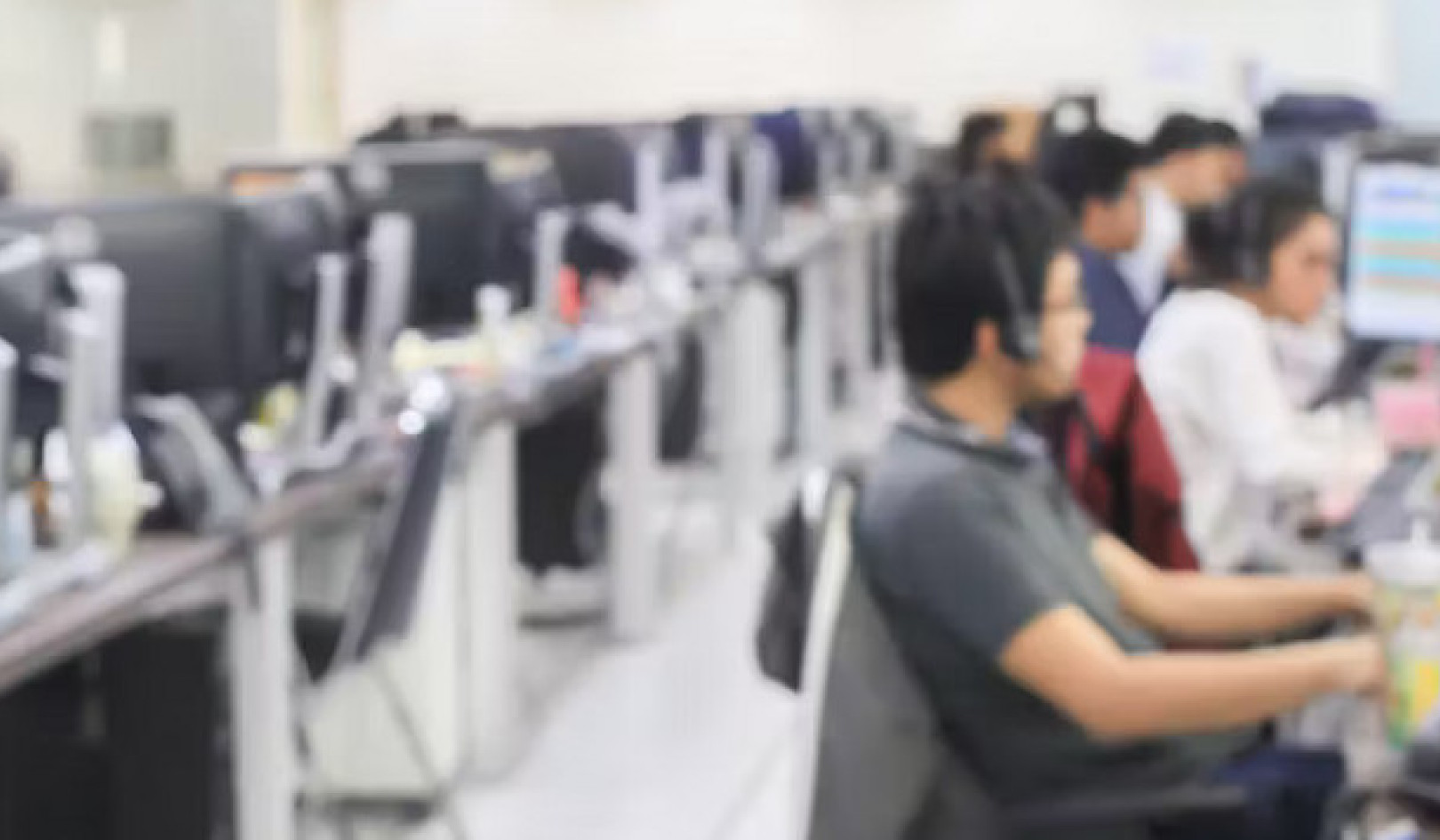Written by Lana Ruvolo Grasser. Narrated by Marie T. Russell
A few years ago, framed by the skyline of Detroit, a group of about 15 children resettled as refugees from the Middle East and Africa leapt and twirled around, waving blue, pink and white streamers through the air.
The captivating scene was powerfully symbolic. Each streamer held a negative thought, feeling or memory that the children had written down on the streamers. On cue and in unison, the children released their streamers into the air, then sat down nearby. Then they gathered up the fallen streamers, which carried their collective struggles and hardships, threw them in a trash can and waved goodbye.
The children were participating in a dance therapy activity as part of our team’s research program exploring body-based approaches to mental health treatment in people resettled as refugees.
In 2017, our lab – the Stress, Trauma and Anxiety Research Clinic – began piloting movement therapies to help address trauma in refugee families. We are learning that movement may not only provide a way to express oneself, but also offer a path toward healing and lifelong strategies for managing stress...
Continue Reading at InnerSelf.com (plus audio/mp3 version of article)
Music By Caffeine Creek Band, Pixabay
Narrated by Marie T. Russell, InnerSelf.com
![]()
About The Author
 Lana Ruvolo Grasser is a 5th year doctoral candidate (2021) at Wayne State University. She is a member of the Stress, Trauma, and Anxiety Research Clinic as well as the Jovanovic Lab, and she is co-mentored by Drs. Arash Javanbakht and Tanja Jovanovic. Her NIMH-funded dissertation project, “Biomarkers of Risk and Resilience to Trauma in Syrian Refugee Youth”, seeks to identify possible biological indicators of trauma-related psychopathology in youth exposed to civilian war trauma and forced migration. You can follow her professional works and personal adventures on Twitter, @ScientificRuvvy.
Lana Ruvolo Grasser is a 5th year doctoral candidate (2021) at Wayne State University. She is a member of the Stress, Trauma, and Anxiety Research Clinic as well as the Jovanovic Lab, and she is co-mentored by Drs. Arash Javanbakht and Tanja Jovanovic. Her NIMH-funded dissertation project, “Biomarkers of Risk and Resilience to Trauma in Syrian Refugee Youth”, seeks to identify possible biological indicators of trauma-related psychopathology in youth exposed to civilian war trauma and forced migration. You can follow her professional works and personal adventures on Twitter, @ScientificRuvvy.
Books on Improving Performance from Amazon's Best Sellers list
"Peak: Secrets from the New Science of Expertise"
by Anders Ericsson and Robert Pool
In this book, the authors draw on their research in the field of expertise to provide insights into how anyone can improve their performance in any area of life. The book offers practical strategies for developing skills and achieving mastery, with a focus on deliberate practice and feedback.
Click for more info or to order
"Atomic Habits: An Easy & Proven Way to Build Good Habits & Break Bad Ones"
by James Clear
This book offers practical strategies for building good habits and breaking bad ones, with a focus on small changes that can lead to big results. The book draws on scientific research and real-world examples to provide actionable advice for anyone looking to improve their habits and achieve success.
Click for more info or to order
"Mindset: The New Psychology of Success"
by Carol S. Dweck
In this book, Carol Dweck explores the concept of mindset and how it can impact our performance and success in life. The book offers insights into the difference between a fixed mindset and a growth mindset, and provides practical strategies for developing a growth mindset and achieving greater success.
Click for more info or to order
"The Power of Habit: Why We Do What We Do in Life and Business"
by Charles Duhigg
In this book, Charles Duhigg explores the science behind habit formation and how it can be used to improve our performance in all areas of life. The book offers practical strategies for developing good habits, breaking bad ones, and creating lasting change.
Click for more info or to order
"Smarter Faster Better: The Secrets of Being Productive in Life and Business"
by Charles Duhigg
In this book, Charles Duhigg explores the science of productivity and how it can be used to improve our performance in all areas of life. The book draws on real-world examples and research to provide practical advice for achieving greater productivity and success.
Click for more info or to order
This article is republished from The Conversation under a Creative Commons license. Read the original article.


























